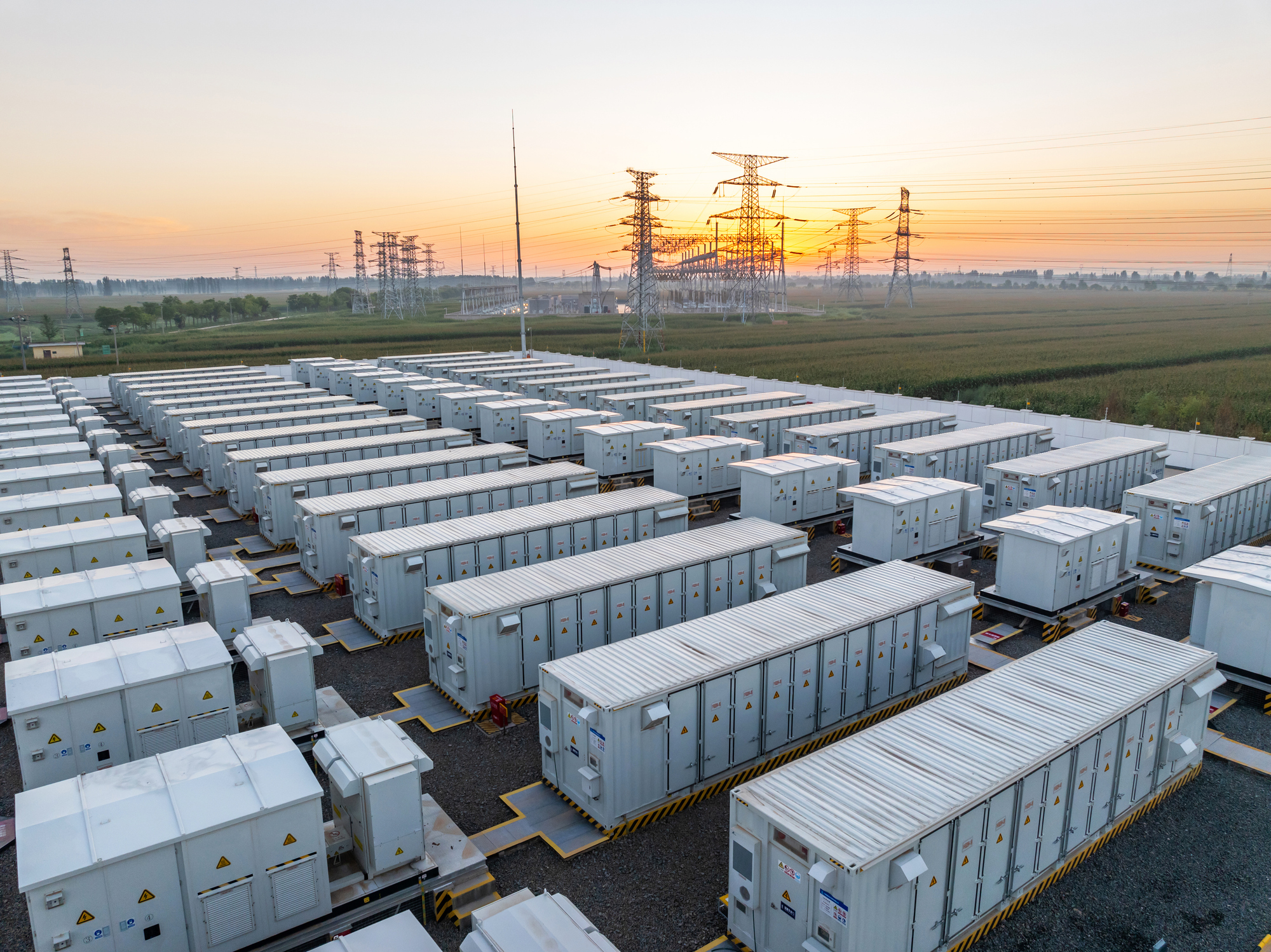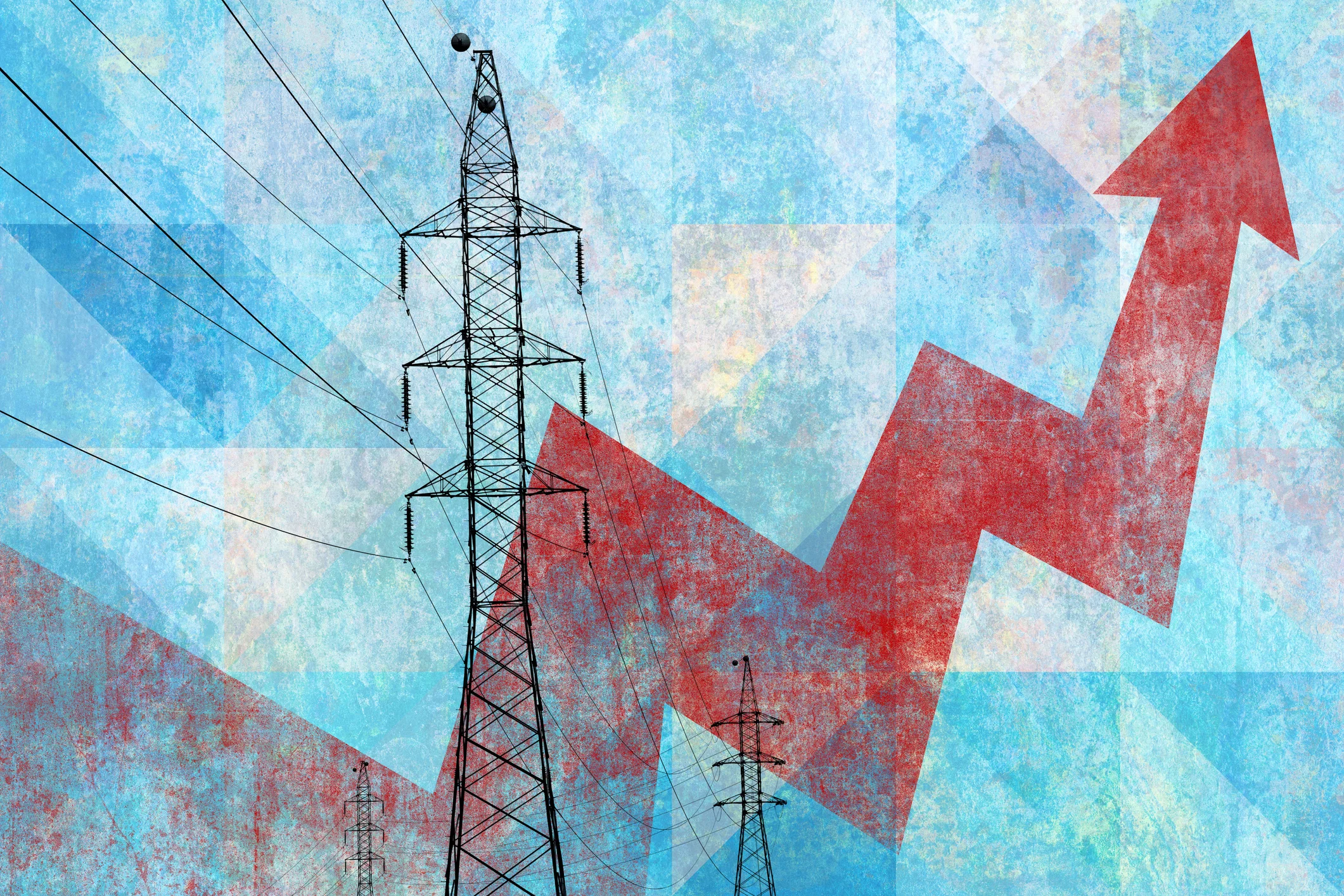Looking to save on operational costs and defray peak energy market expenses? Grid operators can add up to 126 GW in new load capacity by minimally expanding grid capacity, and leveraging batteries can help by providing greater load flexibility through distributed energy resources (DERs).
What is Grid Capacity?
Grid capacity measures the overall amount of energy that the grid can reliably deliver in any one moment. Due to increased grid congestion, energy market costs have increased, with PJM reporting an approximately 22% increase per megawatt-day. These costs have driven up everything from ratepayer bills to power purchasing agreements (PPAs).
Demand flexibility programs like demand response, virtual power plants, EV charging, or BYOD battery programs are useful in enhancing grid capacity, matching generation and transmission to meet demand when and where it’s needed, while defraying high peak energy market costs and mitigating costly infrastructure upgrades.
Direct Install Batteries
Utilities want more batteries along the grid, including in residential, commercial, and industrial properties. In some cases, electric utilities work to directly provide customers with batteries, typically with the caveat that battery recipients will commit to participation in corresponding demand flexibility programs.
Through either a Grid distributed energy resource management system (DERMS), which manages utility-held DER assets like battery or solar installations, or Grid-Edge DERMS, which aggregates behind-the-meter DERS, utilities can leverage direct install batteries in programs designed to expand grid capacity through aggregate conservation and redistribution.
Grid Capacity vs. Firm Capacity
On Monday, the Department of Energy announced that blackouts could increase by 100x in 2030 without increased firm capacity. The DOE suggests that delays in adding new firm capacity are the cause, particularly the retirement of fossil fuel plants. Still, in August, the DOE deferred the retirement of plants in Michigan, which caused $29 million in operational costs and ratepayer expenses.
While grid capacity defines the total deliverable volume of energy that the grid can deliver, firm capacity refers to guaranteed, reliable, and non-interruptible power from sources like natural gas or fossil fuel plants. As noted above, firm capacity does not inherently drive down prices. In fact, an independent report found that continuing to defer the retirement of fossil fuel plants could lead to more than $3.1 billion in annual operational and ratepayer costs.
– Syd Bishop, Sr. Content Specialist, Virtual Peaker
Grid capacity, on the other hand, is far easier to manage. To deliver firm capacity, utilities need more generation assets, which not only can cost billions in infrastructure costs, but can also take years to realize. Meanwhile, virtual power plants cost approximately 40-60% less than building new infrastructure, while providing the load flexibility necessary to expand grid capacity.
The Shifting Energy Landscape
So far this year, the U.S. has added 26 GW of generation capacity primarily from solar and wind installations, with the Energy Information Administration (EIA) expecting a total of 63 GW by the end of 2025. These installations are crucial to meeting the rising demand driven by rapid AI and data center developments, increasingly erratic weather patterns and temperature extremes, and challenges presented by the supply chain and tariffs. In contrast, China added between 430-470 GW of additional generating capacity in 2024, approximately 356 GW of which is attributed to non-hydro renewables.
The Battery Market
Large-scale battery storage deployments accounted for 75% of all new capacity added to the grid in Q2 of 2025, a 63% year-over-year increase. These deployments were driven by previously available incentives in renewable energy technologies, driven by the Inflation Reduction Act and more, which have since expired. Between the expiration of these incentives, tariffs, and market uncertainties, the utility-scale battery market has grown sluggish, although the potential remains: leveraging battery energy storage systems (BESS) will create more grid capacity and lower operational costs.
Demand Flexibility & Battery Energy Storage Systems
Through DERMS technologies, program managers can aggregate DERs like battery energy storage systems (BESS) for use in the demand flexibility programs needed to foster grid capacity growth, while lowering grid congestion. These programs manifest as both load flexibility or redistribution programs, and offer several strategic opportunities for utility operations to lower their operational costs and meet their ambitious megawatt goals.
Load Flexibility & Redistribution
Because batteries can be deployed rapidly to meet rising demand, they are uniquely positioned as a cheaper alternative to peaker plants and far cheaper than energy market costs. Likewise, grid operators can rely on stored battery energy as a knowable quantity, allowing them to plan. Using Topline Demand Control (TDC), which combines AI, model predictive control, the Shift Grid-Edge DERMS suite, and forecasting software to optimize DERs at a granular level, program managers and grid operators can bank on a reliable, reproducible output at a much lower cost than peak energy market pricing.
– Syd Bishop, Sr. Content Specialist, Virtual Peaker
Altogether, these efforts, both the conservation and redistribution of energy assets for later use, are instrumental in defraying high peak energy costs by expanding grid capacity.
Energy Arbitrage
Energy arbitrage is the strategic purchasing of energy assets during off-peak hours of demand for use during grid events when prices are higher. Unsurprisingly, arbitrage remains a strategic priority for U.S. utilities, which reported that 66% of all utility-scale battery capacity included arbitrage applications. In fact, 85% of all BESS revenues in Texas in 2023 were related to energy arbitrage, demonstrating both the efficacy of the program and the shifting energy landscape.
How Batteries Yield More Grid Capacity: Conclusion
Fortunately, recent market research indicates that the future is bright for battery energy storage systems (BESS) in the U.S. In fact, research indicates that virtual power plants (VPPs), which can include batteries, can scale to meet over 20% of U.S. peak demand by 2030, mitigating rising electric demand while expanding capacity. Investing in DERMS to leverage batteries is provably effective in enhancing grid resiliency, improving grid capacity, and decreasing prices, all while defraying rising operational costs. What’s stopping you?





